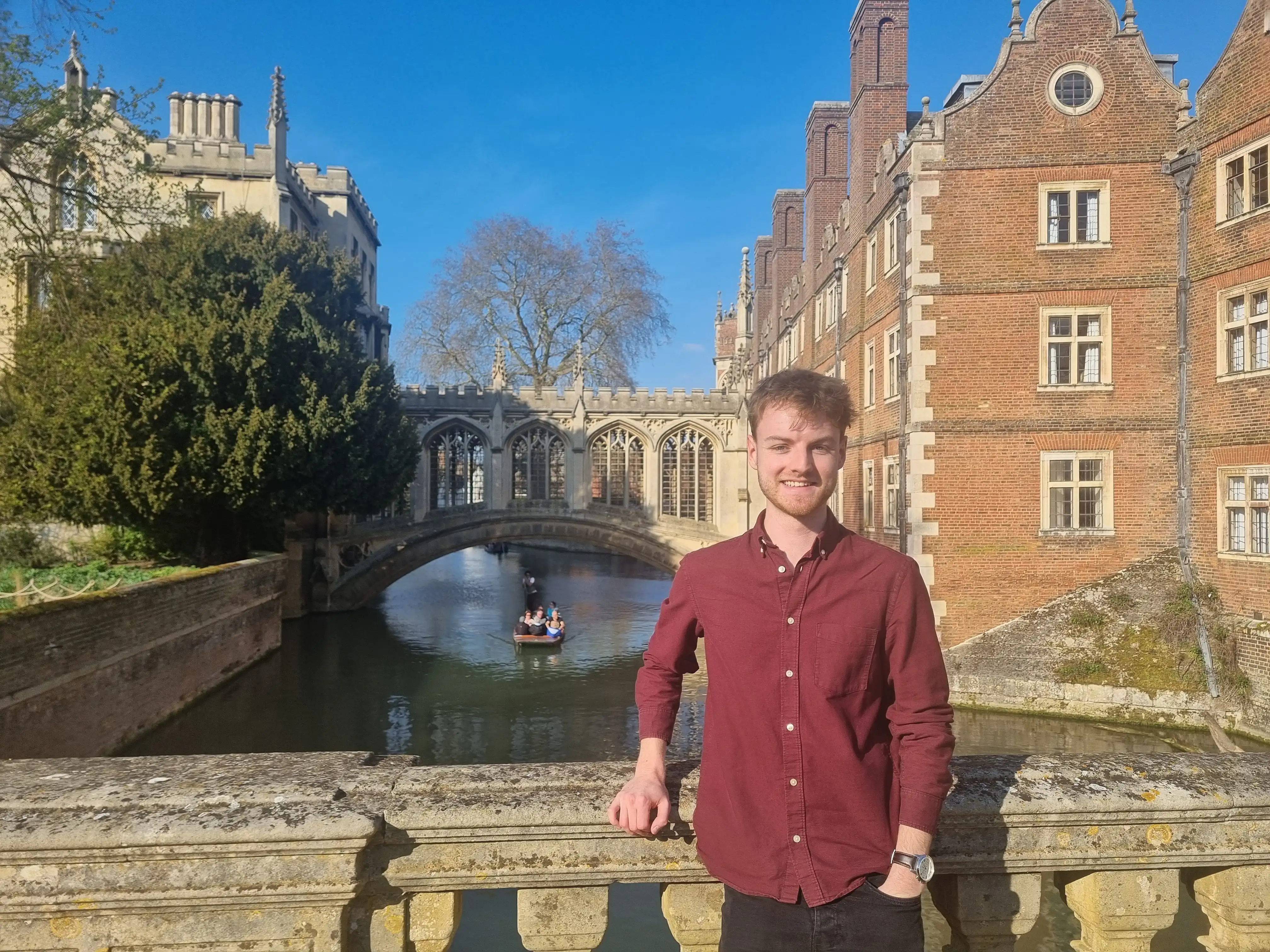
What if the inability to voluntarily create visual images could shed light on conscious experience and our memories?
This is the question Will Duckett is investigating for his PhD in Psychology at St John’s.
Having no ‘mind’s eye’ or a very limited ability to create images in the imagination is known as aphantasia, which affects approximately two to six per cent of the population.
“I’m looking into the relationship between mental imagery and memory,” said Will. “Certain individuals report that they don’t see anything at all when they remember things or try to picture things in their mind. Yet, they still can remember details accurately, regardless of the vividness of mental images they can produce.”
The phenomenon of aphantasia was only defined 10 years ago. Since then, it has received considerable attention from psychologists, neuroscientists, and philosophers.
Despite no conscious access to mental images, aphantasics appear to remember information equally as well as those who vividly picture their memories in their mind’s eye. Will is aiming to discover how.
“My research is looking into how a subjective memory vividness relates to objective memory performance focusing on how people with less vivid memories remember things, and if there are any differences between the types of events or objects they can or can’t remember, or things they do better at.”
To explain aphantasia, Will asks people to imagine things like their own bedroom, their front door, or their car. “Most people fall on the normal distribution – almost like a spectrum – in terms of vividness of mental imagery, and most people will say that they remember something because they see it,” explained Will.

“You hear phrases like, ‘I vividly remember doing something’, or ‘I can picture doing that’, as a justification for how people remember. But it seems as though that’s not necessarily the case, because if people who don’t see anything at all still remember things, it may not necessarily be the image itself that is the memory.”
About 90 per cent of people can picture images in their mind. “They may be a little bit blurry, but they can see the key objects around the room, and if you ask them to go to different perspectives, they’ll still see it. It’s not as though they’re in the room, but they know it is a memory,” said Will.
“About five per cent of people are hyperphantastics. When they visualise things in their mind, it is as though they are seeing it in real life. It’s not a photographic memory per se, but it’s so vivid it is as though they’re looking at a photograph within their mind.
“At the other end of the spectrum, there are the aphantasics, about two to six per cent of people. When they recall a memory, they just don’t see anything at all.”
One aphantasic Will met described her memories as ‘stage directions’. “I may recall going to the bar with my friends and two people walking in front of me, because I can see it in my mind,” says Will. “Whereas, she would describe it as, ‘My friend Jake entered first, and my friend Connor entered second, and I entered third’.
“Her brain just works differently. Aphantasics don’t have amnesia. They just function in a different way.”
Recent research suggests aphantasics are encoding images in the brain when they form memories, but they are unable to access them consciously. Will uses behavioural tests on participants in his research and hopes to use fMRI imaging in the future to find out what is happening when aphantasics retrieve memories.
The St John’s postgraduate community has proven to be a fruitful place for his research. “St John’s is a really great place to bounce ideas off each other,” added Will. “I’ve loved being here. There is an amazing postgraduate community.”
